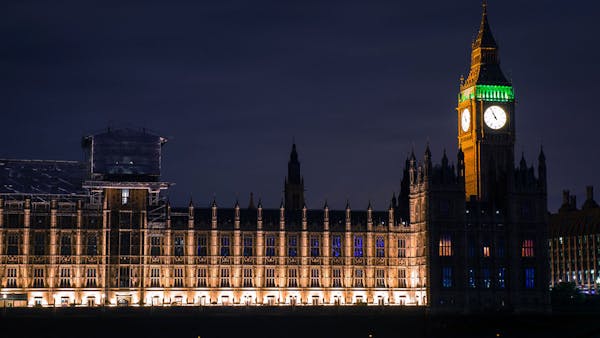The Armada set sail in 1588 and was spotted on the 19th of July in Lizard, Cornwall. When the Armada entered the English Channel it was attacked by a considerably smaller English fleet of 8 fire ships commanded by Francis Drake and Martin Frobisher. The English ships were smaller and more agile with fewer guns on board than the ships of the Armada. However, the English guns had a longer range and they fired on the Armada from beyond the range of the Armada’s guns. When the Armada finally docked in The Netherlands they discovered that Parma’s army was not there and the English, taking advantage of the situation, fired on the anchored fleet. The Armada was forced to retreat back into the channel in disarray where more English attacks and storms wreaked further havoc. The Armada limped home with less than half its ships.
The English Army assembled in Tilbury, Ezzex completely unaware of what happened to the Armada. Here Queen Elizabeth was invited to inspect the troops and she addressed the assembled army with the following words – “My loving people, we have been persuaded by some that are careful of our safety, to take heed how we commit ourself to armed multitudes for fear of treachery; but I assure you, I do not desire to live to distrust my faithful and loving people … I know I have the body but of a weak and feeble woman, but I have the heart and stomach of a king, and of a King of England too, and think foul scorn that Parma or Spain, or any Prince of Europe should dare to invade the borders of my realm.
Philip’s designs on England had been thwarted and the nation breathed a collective sigh of relief. The Queen led a thanksgiving celebration to St. Paul’s Cathedral and the prevailing sentiment was that the defeat of the Armada cemented the inviolability and legitimacy of Elizabeth’s reign. To mark the occasion commemorative medals were minted which bore the inscription “1588. Flavit Jehovah et Dissipati Sunt” (He blew with His winds, and they were scattered.)

